Tony Smith Timeline
1912

Photo: AP Smith Manufacturing Company
1916
Smith is diagnosed with tuberculosis. Isolated from school and family, he spends most of his younger years in a shelter in the backyard of his family home attended by a personal nurse.
1926-30
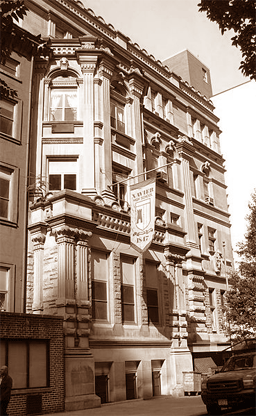
Smith commutes to St. Francis Xavier, a Jesuit high school in Manhattan. Smith is exposed to the art his mother buys for the family home, as well as to new artists such as George Luks and John Sloan.
Photo: St. Francis Xavier, New York, NY
1931-34
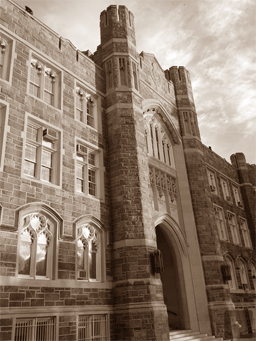
Photo: Fordham University, New York, NY
1934-36
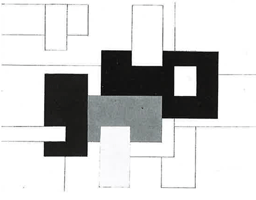
He takes his first formal art classes at the Art Students League of New York, while working at his family’s factory during the day. He takes drawing, painting and anatomy classes and studies under George Grosz, Vaclav Vytacil and George Bridgeman. He is especially influenced by Vytacil who teaches Smith that both positive and negative space should be given equal consideration on the canvas.
Photo: Untitled, oil and pencil
1937
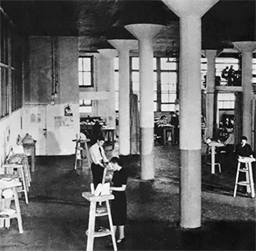
Photo: New Bauhaus School, Chicago, Illinois
1938
Smith leaves the New Bauhaus because of a creative disagreement and returns to New Jersey. He is both confused and depressed. His father refuses to fund his artistic pursuits. Laurence Cureno, a friend from the Bauhaus, brings Smith to Frank Lloyd Wright’s Ben Rebhuhn House in Great Neck, Long Island. Inspired, he takes a job on a Wright project site in Ardmore, Pennsylvania. He begins as a carpenter’s helper and advances to bricklayer. He connects architecture, engineering and drafting and learns the trade by “trying it” on this project.
1941-42
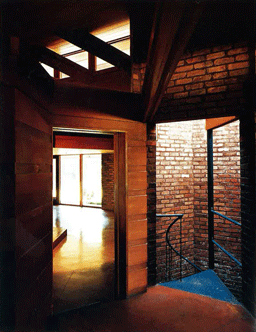
In 1942, Smith begins the complex and ambitious architectural project, the Brotherton House, which uses a hexagonal grid as the form.
Photo: Brotherton House
1943
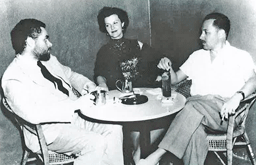
Through Bultlman, Smith meets Jane Lawrence. After a five-day courtship, Smith proposes marriage, and nine months later they marry in Santa Monica, California. Tennessee Williams acts as best man. The couple moves to Hollywood to pursue Jane’s career in opera. Smith produces “The Pattern of Organic Life in America,” his unpublished account of his artistic ideals that informs his later work.
Photo: Tony Smith, Jane Smith, Tennessee Williams
1944-45
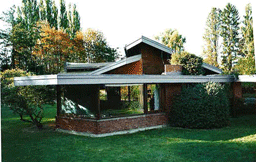
The Smiths move back to New York City and Tony reconnects with Jackson Pollock, developing friendships with other Abstract Expressionists, especially Mark Rothko and Clyfford Still.
Photo: Bultman Studio, Provincetown, Massachusetts
1946-53
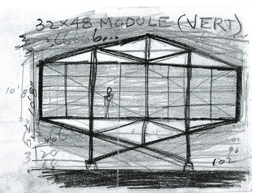
From 1946-1950 Smith teaches at New York University’s School of Education. Rothko gives Smith his Eighth Street studio to use as a classroom for his NYU students. He also teaches at Cooper Union and Pratt Institute of Art from 1951-1952. He emphasizes abstraction as a form unto itself and encourages his students to stress the three-dimensionality of painting.
from 1946-50, Smith continued to produce architectural projects, and preferred to call himself a “builder.”
Photo: Stamos House
1953-55
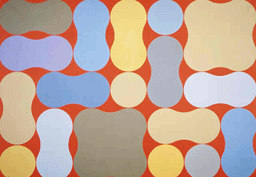
Photo: Louisenberg Series
1955-58
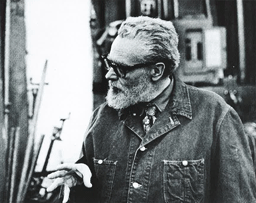
Twins Seton and Beatrice are born in July of 1955 in South Orange, NJ. The Smiths live at his family home there. Smith returns to teaching at Pratt and NYU, and begins teaching at Bennington College (1958-1961). He ceases all architectural work and turns toward sculpture. He creates his first sculpture, Throne (1956), as a demonstration to his students of the advantages of the tetrahedral shape over right-angled structures.
Photo: Tony Smith, Sculptor and Professor
1961-63
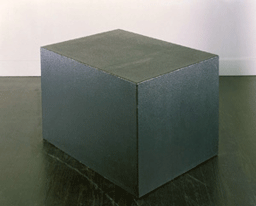
He makes Block Box, his first steel sculpture in 1962, which derives from an index card file box that sits on the desk of a colleague. Free Ride and Die, both made later that year, directly evolve from Black Box.
In 1962, Smith also creates Beardwig, Duck (1962) and conceives Tau.
Photo: Black Box
1964
Smith shows his sculptures to the public for the first time. Curator Samuel Wagstaff chooses Elevens Are Up (1963) for the exhibition “Black, White and Grey” at the Wadsworth Atheneum in Hartford, Connecticut.
1966
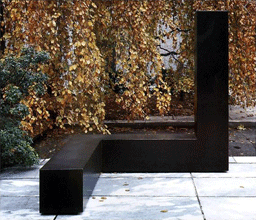
Photo: Free Ride
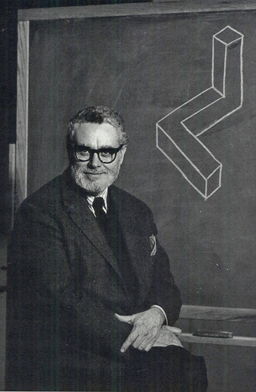
Photo: Tony Smith. Credit: David Gahr.
1967
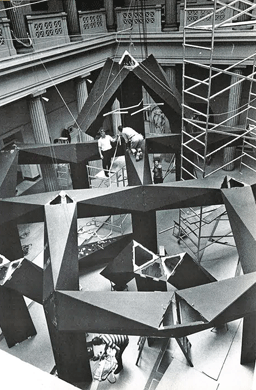
Eight Smith sculptures are shown in the “Sculpture in Environment” exhibition in Bryant Park in New York City. Maze (1969) is included in “Schemata 7” at the Finch College Museum of Art. The Walker Art Center in Minneapolis hosts Smith’s second one-man show. His works are exhibited in Germany, Switzerland and France.
The seminal piece Smoke is included in “Scale as Content: Ronald Bladen, Barnett Newman, Tony Smith,” at the Corcoran Gallery of Art in Washington, D.C. Time Magazine features Smith and his sculpture Smoke on the cover of the October, 1967, issue.
Photo: Installation of Smoke
1969-74
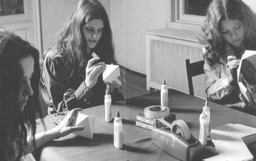
Photo: Kiki, Beatrice, Seton Assembling Models in Their Dining Room
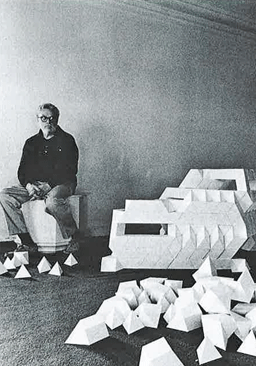
In the 1970s, Smith’s work is exhibited in group exhibitions in the US and abroad. It is featured in the Whitney Museum of American Art’s Annual Exhibition three years in a row, and in the extensive survey show “200 years of American Sculpture.”
Photo: Smith with Model of Bat Cave
1975-78
Smith takes a brief leave from Hunter College to teach at Princeton University. He returns to Hunter a year before his death in 1980.
1976-78
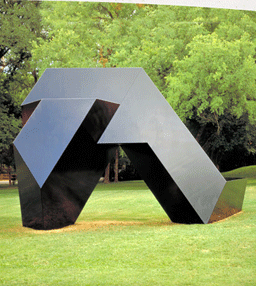
In 1978, “Tony Smith: Models and Drawings” is featured at the Montclair State Museum in New Jersey. The exhibion, “Tony Smith: Ten Elements and Throwback,” is shown at Pace Gallery in New York City.
Photo: One-Two-Three
1980
A wooden mock-up of Tau is created and exhibited at the San Francisco Museum of Modern Art in the “Twenty American Artists” show in late 1980.
Smith dies of a heart attack at the age of 68 in December, 1980.
